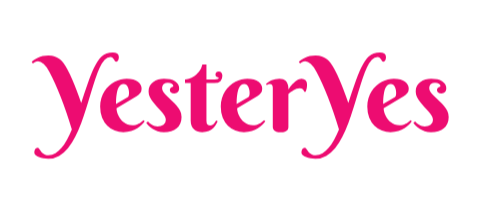A common question many fitness novices ask, is What are sets and rep?
At first, it sounds ridiculous to fitness veterans, but on closer inspection, the question is justified.
I mean, why turn down a curious mind?
What are Reps?
Reps also known as repetitions, is simply the number of times (repetitions), a workout is done.
For example, if you did 10 pushups, it is also known as 10 reps of pushups.
What are Sets?
A set is a group of reps. It is the amount of repetition done before stopping.
For example, if you did 10 pushups, it would be known as 1 set of 10 reps pushups.
Also, If you did 20 pushups, it would be known as 1 set of 20 reps pushups.
On the contrary, if you did 10 pushups, stop then do another 10 pushups, in this case, you did 2 sets of 10 reps pushup.
High Reps or Low Reps
This is a common debate among fitness enthusiasts. High reps or low reps?
The aim of your workout should be the determining factor when choosing between high reps and low reps.
If your aim is to shred, then lighter weights and high reps are better, if your aim is to bulk up then a heavy weight and low reps are advisable.
High reps benefits:
- Good when trying to shred
- Also, functions as cardiovascular workout
High reps disadvantage:
- Tiring
- Mental toughness is required
Low reps benefits:
- Ideal for bulking up
Low reps disadvantages:
- Does not improve coordination
- Does not build lean muscles
- Reduces flexibility
Do high reps burn fat?
High repetition increases the intensity of the workout. Depending on the time taken per rep, it can shift from a normal workout, into a cardiovascular activity.
As such, it is not the number of reps but the intensity of the reps (amount of reps per time), that determines the rate of fat burn.


0 Comments